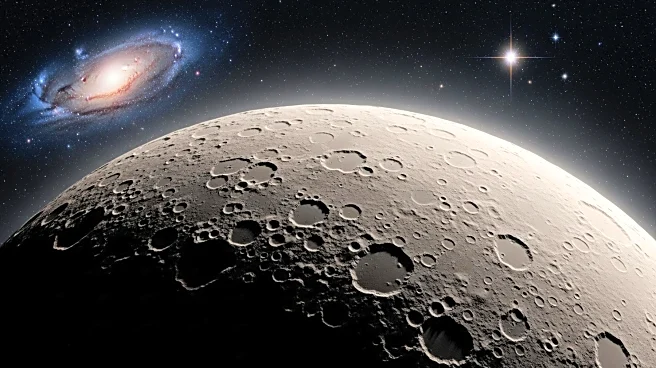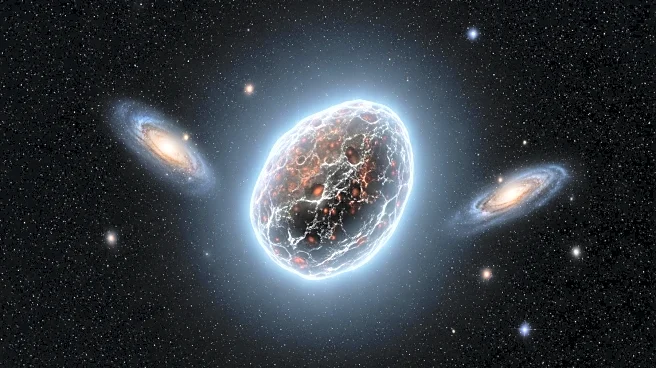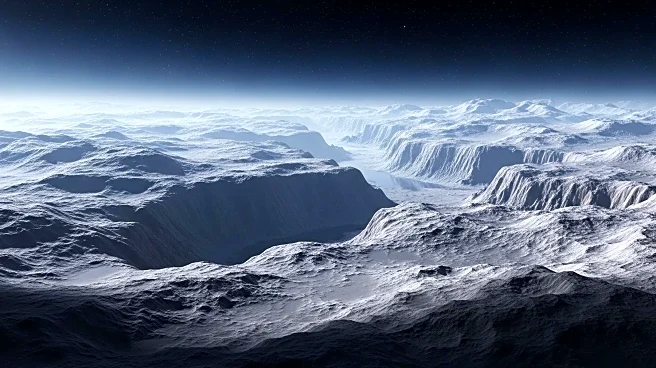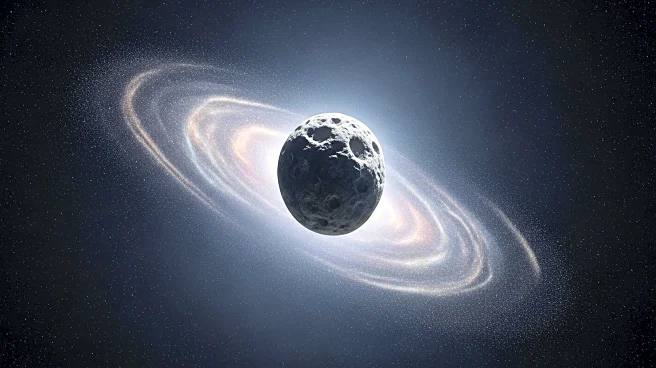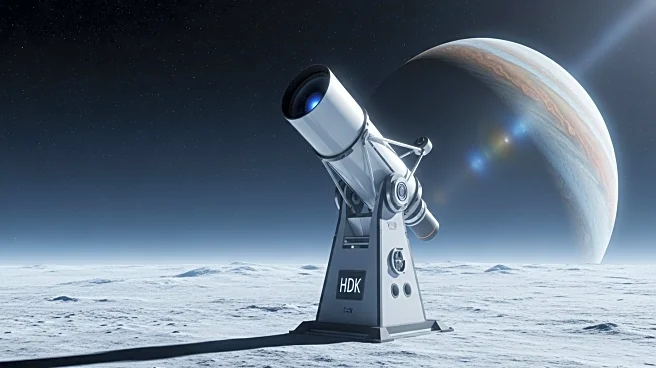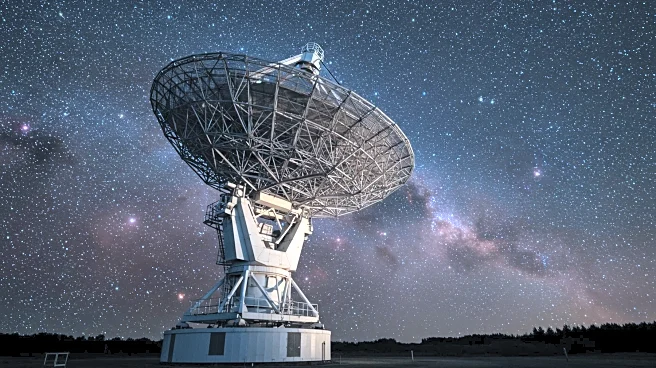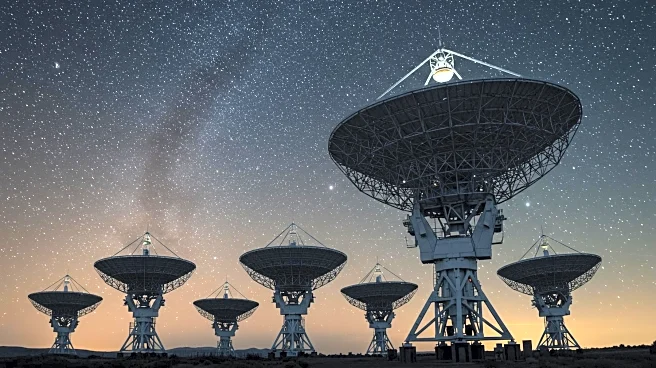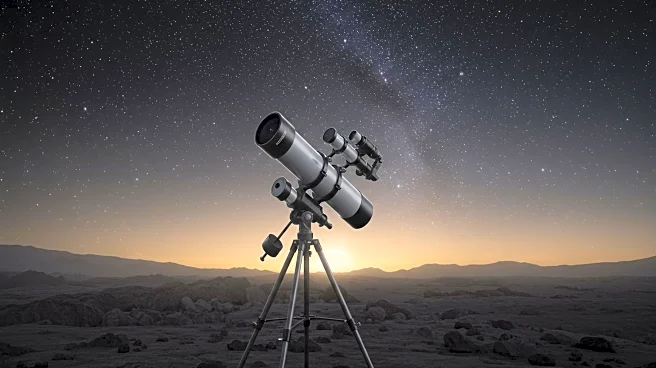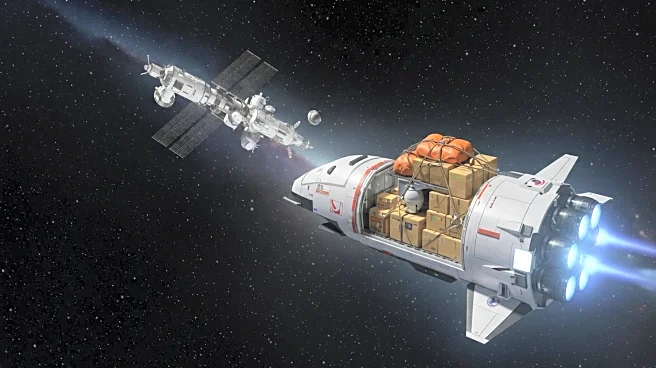What's Happening?
Recent research led by Samuel W. Courville from Arizona State University, in collaboration with NASA's Jet Propulsion Laboratory, suggests that the dwarf planet Ceres, the largest object in the asteroid belt, may have had conditions suitable for life billions of years ago. The study, published in Science Advances, indicates that Ceres could have supported single-celled lifeforms approximately 2.5 to 4 billion years ago. This conclusion is based on thermal and chemical models that simulate the temperature and composition of Ceres' interior over time. The models suggest that Ceres' subsurface region may have had a steady supply of hot water heated by radioactive decay in its core, potentially creating an environment conducive to life.
Why It's Important?
The findings about Ceres are significant as they expand the understanding of potential life-supporting environments beyond Earth. Ceres, unlike other 'Ocean Worlds' such as Europa and Enceladus, lacks tidal heating from a massive planet, yet it may have had the necessary conditions for life in its past. This research could influence future explorations of water-rich objects in the solar system, potentially guiding missions to search for signs of life or habitable conditions. Understanding Ceres' past environment also contributes to the broader knowledge of planetary formation and the evolution of celestial bodies in the asteroid belt.
What's Next?
The implications of this study may lead to increased interest in further exploration of Ceres and similar planetoids. Future missions could focus on detecting remnants of past life or analyzing the chemical composition of Ceres' surface and subsurface. Scientists may also explore other water-rich bodies in the solar system to assess their potential for having supported life. These efforts could enhance the search for extraterrestrial life and inform the development of technologies for deep space exploration.
Beyond the Headlines
The study of Ceres highlights the importance of considering non-traditional environments in the search for life beyond Earth. It challenges the assumption that life-supporting conditions require proximity to a massive planet for tidal heating. This research may prompt a reevaluation of criteria used to identify potentially habitable worlds, emphasizing the role of internal heating and chemical interactions in creating life-supporting environments.
